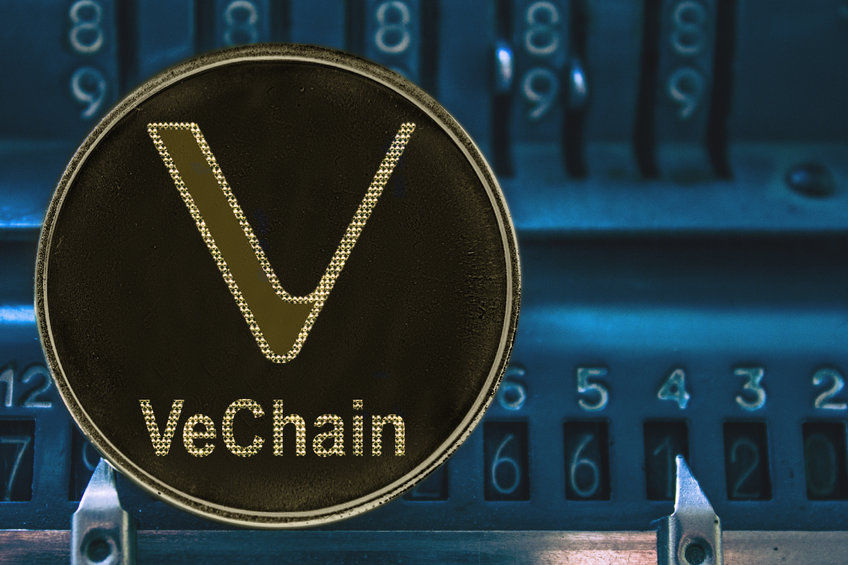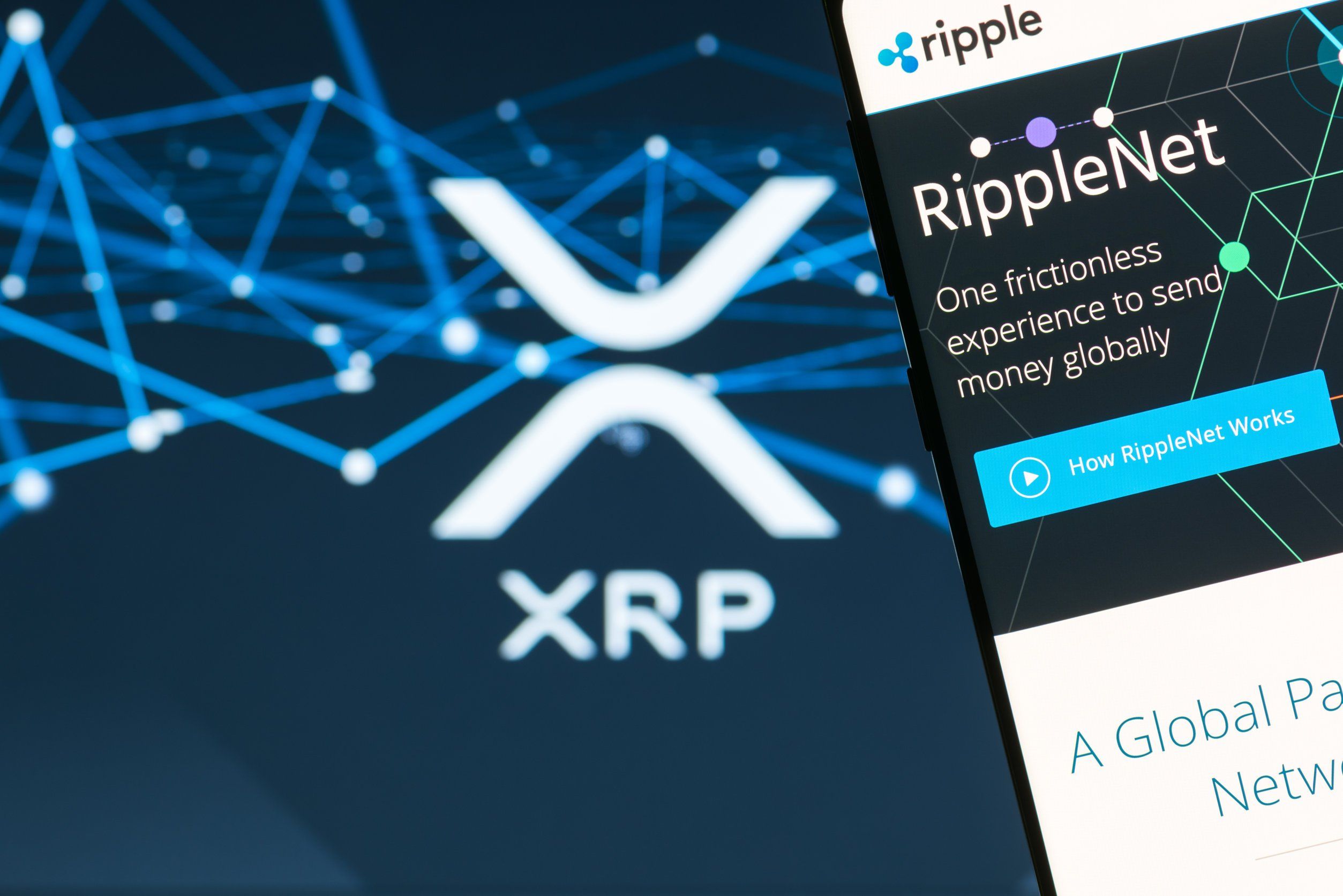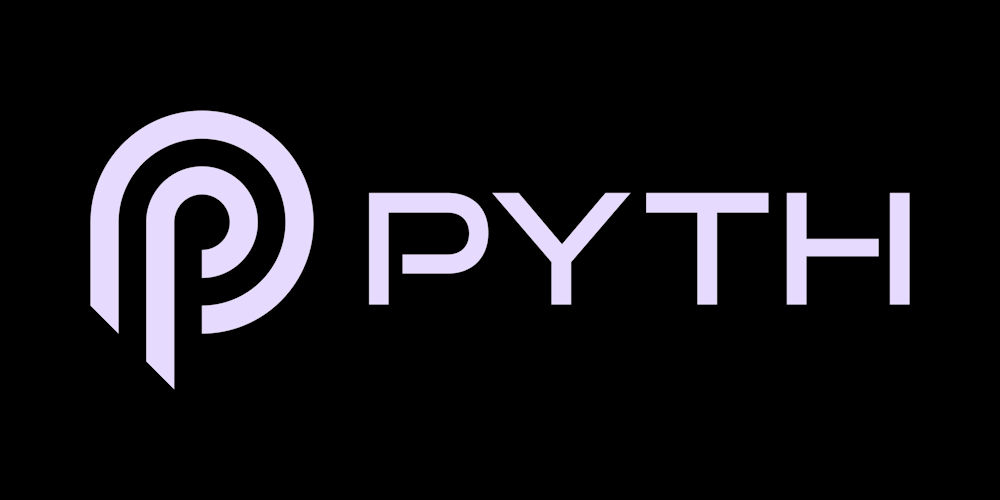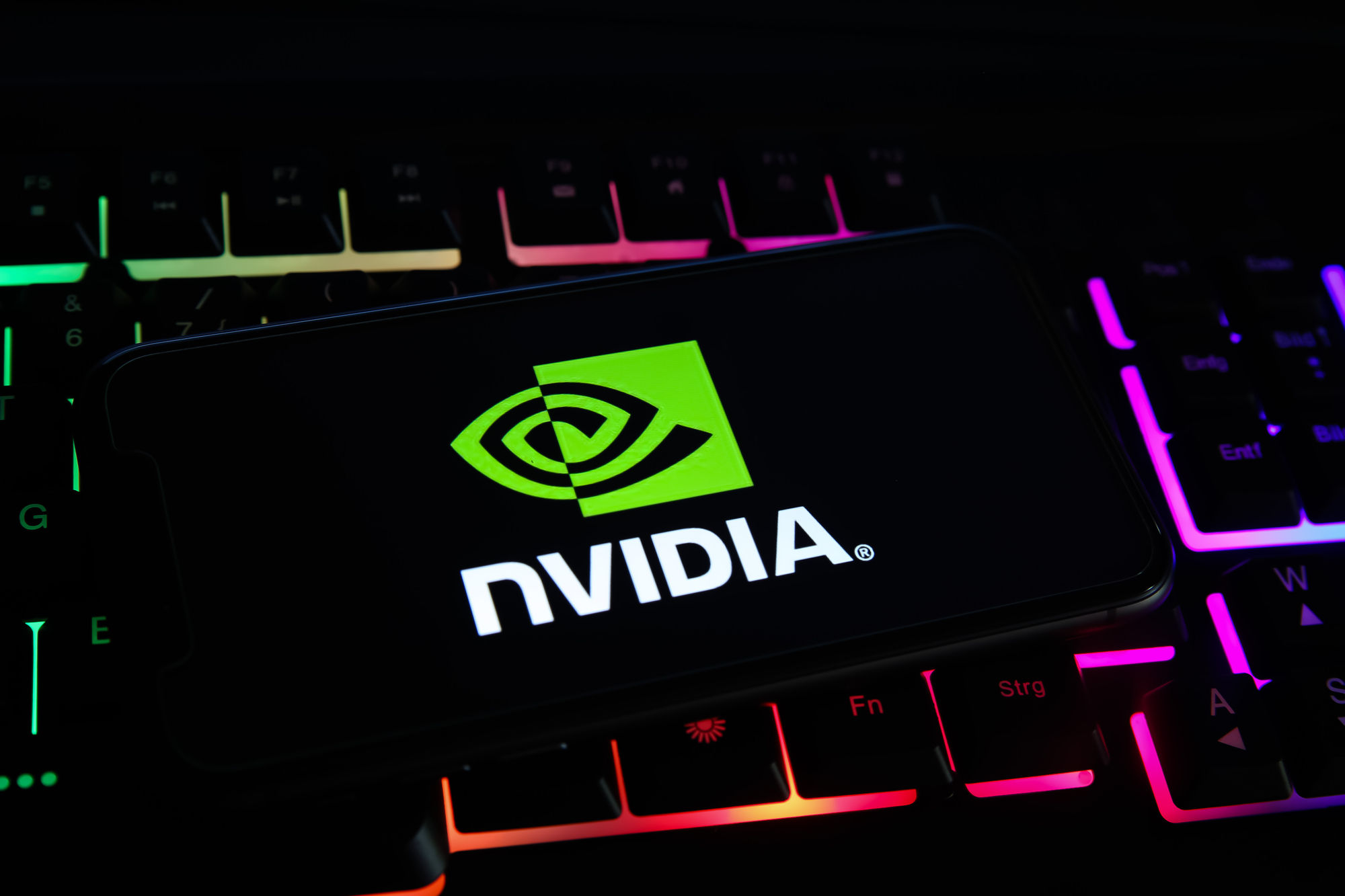Home Investing in Cryptocurrency Polkadot
Polkadot (dot)
$
2.04
Real-time Data •
Don’t invest unless you’re prepared to lose all the money you invest. This is a high-risk investment and you should not expect to be protected if something goes wrong. Take 2 mins to learn more at https://etoro.tw/44JRWLY
1 hr
-$0.00539
(-0.26%)
24 hr
-$0.02269
(-1.10%)
7 Days
-$0.06601
(-3.13%)
Trading volume:
$
168.29M
Trading volume rank:
42
Current market cap:
$
3.36B
Market rank:
45
Don’t invest unless you’re prepared to lose all the money you invest. This is a high-risk investment and you should not expect to be protected if something goes wrong. Take 2 mins to learn more at https://etoro.tw/44JRWLY
What is Polkadot (DOT)?
Polkadot is a multichain blockchain platform that enables different blockchains to connect and share data securely.
Its relay chain and parachain structure support scalability, interoperability, and custom blockchain development.
Positive sentiment
Polkadot price Statistics
| Polkadot Price | $2.04 |
| Price Change 24h | -$0.02269 |
| 24h Low / 24h High | $1.95 / $2.06 |
| Trading Volume 24h | $168.33M |
| Volume / Market Cap | 0.0501 |
| Market Dominance | — |
| Market Rank | #45 |
| Market Cap | $3.36B |
| Fully Diluted Market Cap | $3.36B |
| Yesterday`s Low / High | $1.95 / $2.06 |
| Yesterday`s Open / Close | $54.98 / $1.95 |
| Yesterday`s Change | -$0.02269 (-1.10%) |
| Yesterday`s Volume | $259.89M |
| Price Change 14d | -$0.22581 (-9.97%) |
| Price Change 30d | -$0.96125 (-32.03%) |
| Price Change Year | -$7.04 (-77.52%) |
| All Time High | $54.98 |
| Polkadot ROI | — |
| Circulating Supply | 1.64B |
| Total Supply | 1.64B |
| Max Supply | — |
Read more on Polkadot
How To Buy Polkadot (DOT)
Alice Leetham
Polkadot Price Prediction
Dominikas Pupkevicius




